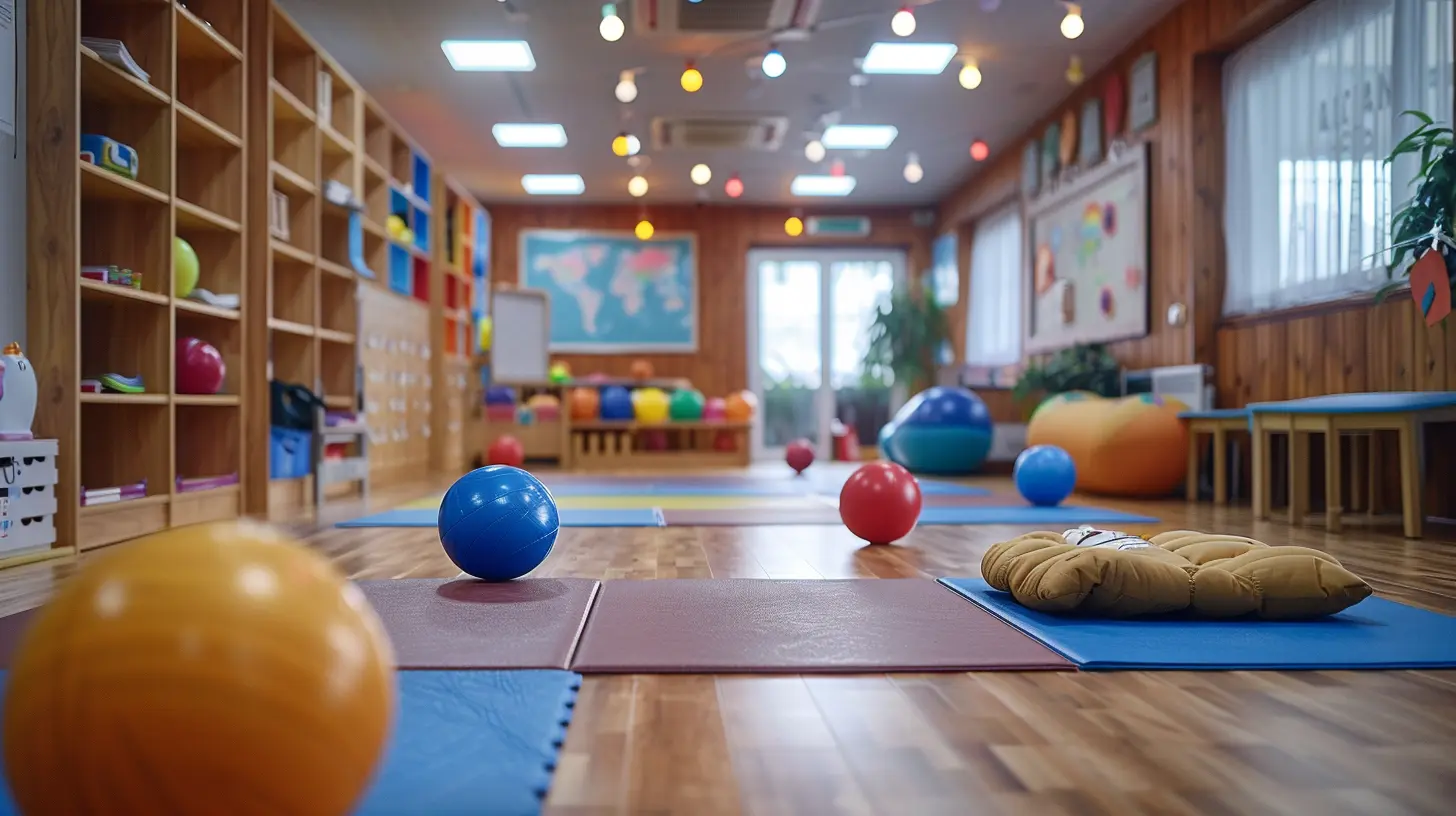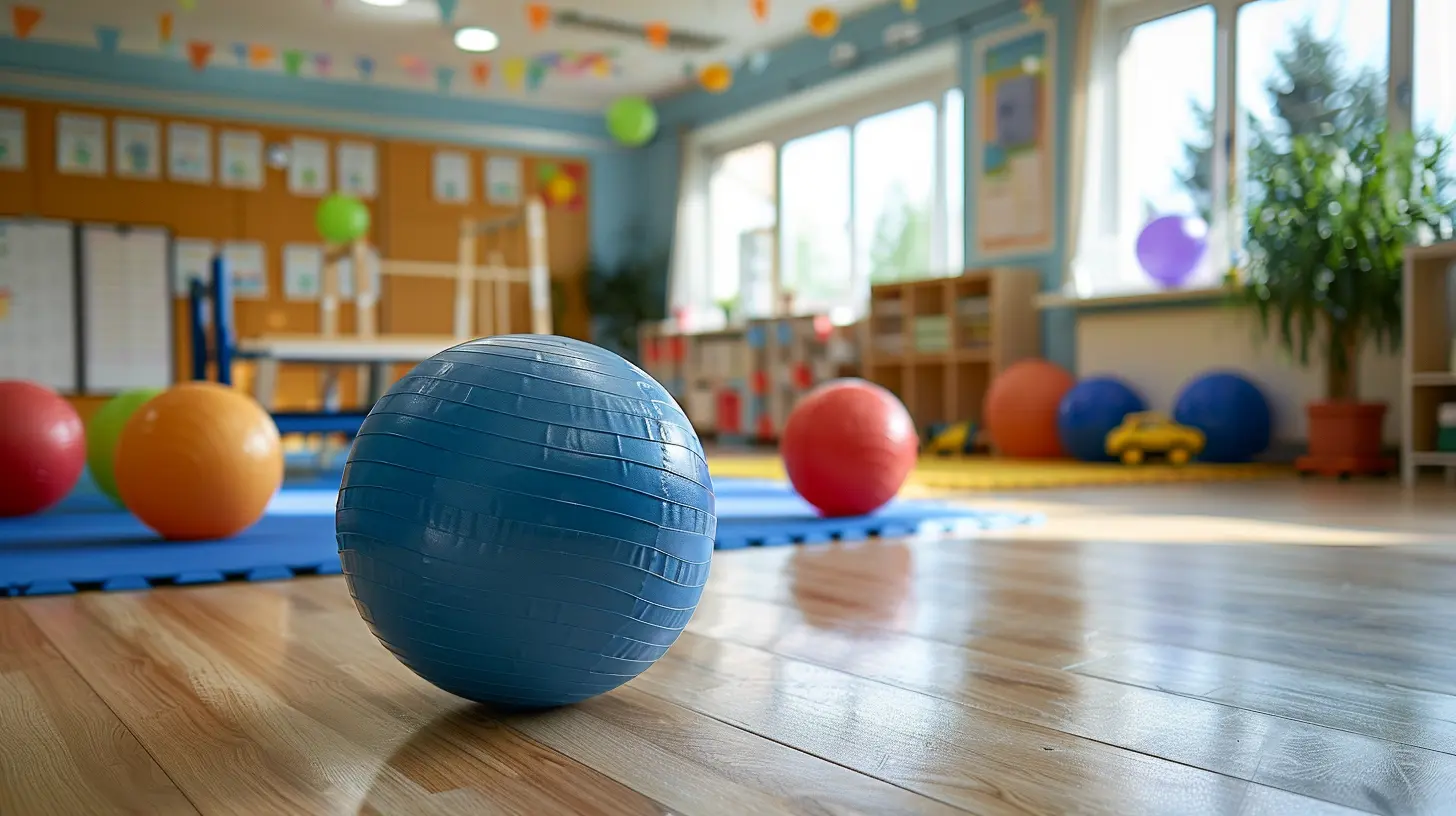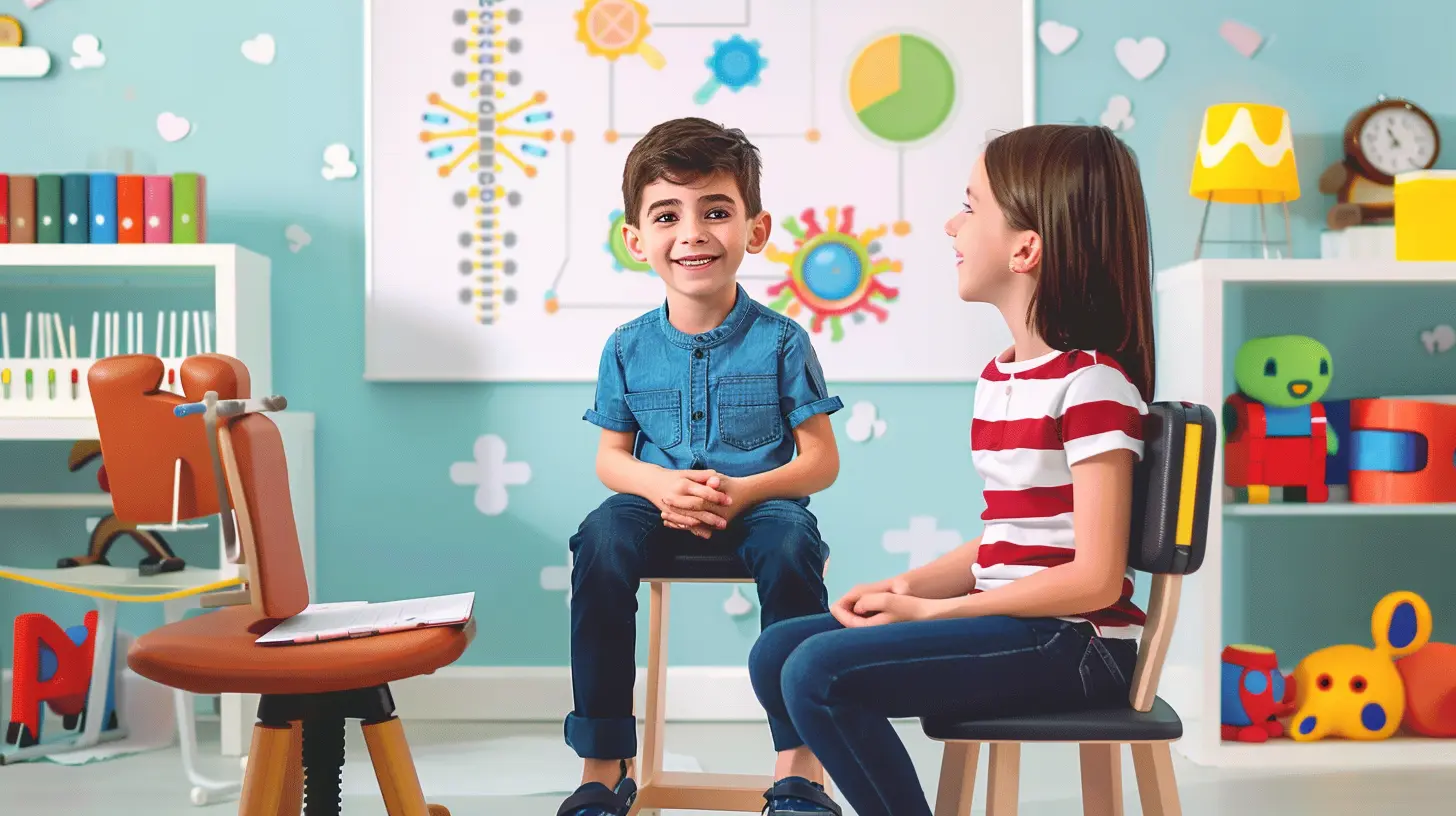7 March 2025
When we think of special education, most people immediately picture customized learning plans, individualized instruction, or perhaps specialized teaching techniques. But there’s one aspect that often flies under the radar: physical therapy. Yep, you read that right. It’s not just about academics; for many students in special education, their physical well-being plays a huge role in their ability to learn and grow.
Physical therapy is more than just a service offered to help students with physical impairments. It’s a crucial component that helps bridge the gap between ability and opportunity, enabling children to participate fully in the educational experience. Let’s dive into the specifics and explore how physical therapy fits into the special education landscape.

What is Physical Therapy in the Context of Special Education?
Before we get into the nitty-gritty, let’s clarify what physical therapy means within special education.Physical therapy (PT) in schools focuses on helping students with disabilities improve their physical functioning so they can better participate in the school environment. This includes tasks like walking, sitting, standing, and even writing or using a computer. For some students, these tasks can be overwhelming due to physical disabilities or developmental delays.
In the world of special education, physical therapists work alongside teachers, parents, and other professionals to create an Individualized Education Program (IEP). This plan outlines the specific needs of the child and sets goals to help them achieve success, both academically and physically.
Essentially, PT in special education is about empowering students to be as independent as possible. It’s not about making them "normal" or fixing them; it’s about giving them the tools they need to thrive in their own way.

Why is Physical Therapy Important in Special Education?
You might be wondering, "Why is physical therapy such a big deal in schools?" Well, it’s simple: mobility and physical independence are key to learning. Imagine trying to focus on a math problem when you’re struggling just to sit upright, or trying to participate in a classroom activity when you can’t move your arms or legs properly. For children with disabilities, these physical challenges can make learning incredibly difficult.Here’s why PT is so crucial:
1. Improving Physical Function: Physical therapists help students improve their motor skills, balance, and coordination. This lets them engage more fully in classroom activities like writing, using scissors, or participating in gym class.
2. Promoting Independence: PT encourages students to become as self-sufficient as possible. This could mean teaching a child how to move from a wheelchair to a desk or helping them learn to walk with assistive devices.
3. Increasing Confidence: When students can physically participate in school activities, it boosts their self-esteem. They feel more included and capable, which can have a profound effect on their overall learning experience.
4. Enhancing Social Interaction: Physical limitations can sometimes make it hard for students to interact with their peers. PT can help them develop the skills needed to join in, whether it’s playing a game during recess or collaborating on a group project.
5. Supporting Academic Success: Physical therapy can also support cognitive development by improving focus and attention. For example, better posture and mobility can help a child stay focused in the classroom, making it easier for them to absorb information.

What Does a Physical Therapist Do in a School Setting?
Okay, so we’ve established that PT is vital for many students in special education. But what exactly does a physical therapist do in a school setting? Let’s break it down:1. Assessment and Evaluation
Before any therapy begins, the physical therapist will assess the student’s physical abilities and challenges. They’ll look at things like muscle strength, motor skills, posture, balance, and range of motion. This evaluation helps them understand the student’s unique needs and develop a personalized treatment plan.2. Creating a Treatment Plan
Once the assessment is complete, the physical therapist works with the IEP team to create a plan that aligns with the student’s educational goals. The treatment plan might include exercises to improve muscle strength, activities to enhance coordination, or strategies for using assistive devices like walkers or wheelchairs.3. Providing Direct Therapy
In some cases, the physical therapist will work directly with the student, either one-on-one or in small groups. They’ll guide the student through exercises designed to improve physical function, whether that’s learning to walk, improving posture, or developing fine motor skills. These sessions can happen in a therapy room, in the classroom, or even on the playground.4. Consulting with Teachers and Parents
Physical therapists don’t work in isolation. They often consult with teachers, parents, and other members of the IEP team to ensure that the student’s physical needs are being met throughout the school day. They might recommend modifications to the classroom environment, such as special seating arrangements or adaptive equipment, to make learning more accessible.5. Monitoring Progress
Physical therapy isn’t a one-time fix; it’s an ongoing process. The therapist will regularly check in to see how the student is progressing and make adjustments to the treatment plan as needed. This flexibility ensures that the therapy continues to meet the student’s evolving needs.
How Does Physical Therapy Collaborate with Other Services in Special Education?
Physical therapy doesn’t exist in a vacuum. It’s part of a larger, collaborative approach to special education that includes a variety of other services. Let’s take a closer look at how PT interacts with some of these other services:1. Occupational Therapy (OT)
While PT focuses on large motor skills (like walking or standing), occupational therapy targets fine motor skills (like writing or using a computer) and daily living activities (like dressing or eating). In many cases, PT and OT work hand-in-hand to help students develop both the gross and fine motor skills they need to succeed.2. Speech and Language Therapy
Believe it or not, physical therapy can also complement speech therapy. For example, improving a student’s posture and breathing can sometimes enhance their ability to speak clearly. Plus, some students who struggle with communication may have physical challenges that affect their ability to use communication devices, so PT can help with that, too.3. Behavioral Support
Some students with physical disabilities may also have behavioral challenges that impact their learning. By improving their physical abilities and increasing their independence, PT can reduce frustration and help students manage their behavior more effectively.4. Adaptive Physical Education
Physical therapists often collaborate with adaptive physical education (APE) teachers to ensure that students with disabilities can participate in gym class and other physical activities. Together, they create modified activities that allow students to engage in physical exercise in a way that’s safe and enjoyable.Who Benefits from Physical Therapy in Special Education?
So, who exactly benefits from physical therapy in schools? The answer is simple: any student with a physical disability or developmental delay that impacts their ability to participate in the school environment. This includes:- Children with cerebral palsy, who may have difficulty with movement, balance, and posture.
- Students with muscular dystrophy, who experience muscle weakness and limited mobility.
- Kids with spina bifida, which can affect their ability to walk and move independently.
- Children with autism spectrum disorder (ASD), who may have motor skill challenges or sensory processing issues.
- Students with developmental delays who struggle with gross motor skills like walking, running, or jumping.
But it’s not just about students with visible physical disabilities. Even children with less obvious challenges — like low muscle tone or poor coordination — can benefit from physical therapy.
The Long-Term Impact of Physical Therapy in Special Education
When we think about the impact of physical therapy, it’s easy to focus on the short-term benefits: improved mobility, better posture, increased independence. But the truth is, the effects of PT can last a lifetime.For many students, physical therapy helps them develop the skills they need to succeed not just in school, but in life. It teaches them how to navigate their physical environment, build confidence in their abilities, and advocate for themselves. And as they grow older, these skills can translate into greater independence, better job opportunities, and a higher quality of life.
In short, physical therapy is about more than just helping kids get through the school day. It’s about giving them the tools they need to lead fulfilling, independent lives — whatever that looks like for each individual student.
Conclusion
Physical therapy plays a vital role in special education, providing students with the physical support they need to thrive in the classroom and beyond. It’s not just about improving mobility or strength; it’s about fostering independence, building confidence, and creating opportunities for success.By working collaboratively with other services like occupational therapy, speech therapy, and adaptive physical education, physical therapists help ensure that every child has the chance to participate fully in the educational experience. And in doing so, they’re helping to create a more inclusive, supportive environment where all students can reach their full potential.












Uriel McLanahan
Physical therapy is essential in special education, enhancing mobility, independence, and overall quality of life for students.
April 1, 2025 at 12:56 PM